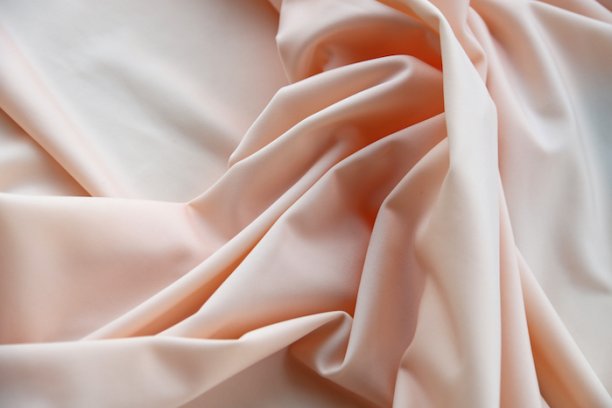
Warp knitted power jersey for innerwear market
The supple, next-to-skin fabrics were produced on the high-performance fine gauge tricot machine HKS 2-S, to create a sophisticated lapping design, resulting in highly elastic fabrics

3rd August 2020
Knitting Industry
|
Obertshausen
© Karl Mayer.
At Interfilière in Paris in January 2020, Karl Mayer launched its first series of warp knitted ‘jersey’ fabrics, garnering great interest, especially among international lingerie brands, the company reports.
The supple, next-to-skin fabrics are called Jersey Evolution and were produced on the high-performance tricot machine HKS 2-S, which was used in a fine machine gauge to create a sophisticated lapping design, resulting in highly elastic fabrics.
According to Karl Mayer, it is possible to stretch the fabric by up to 245%, while still retaining a high rebound force. The elastane threads were specially incorporated to create cut-resistant edges. In addition, Jersey Evolution fabrics offer a soft, smooth surface and a flowing drape, just like their circular knitted counterparts, Karl Mayer adds.
“Unlike these, however, knitted jersey goods can be produced highly efficiently: a high-performance tricot machine can replace up to 2.5 circular knitting machines. Warp knitting running costs are also lower since the needle units must be replaced less frequently,” the company explains.
“Compared to circular knitting machines, these key components can be used around six times longer, thus halving the cost per set. Following the successful launch, Karl Mayer created a second Jersey Evolution series. As part of recent development work, the lapping and yarn use have been modified to achieve different fabric weights and stretch values. With regard to the lapping, variants and patterns were chosen which are commonly used by Karl Mayer's customers and which had already proved to be highly effective in the first series.”

Business intelligence for the fibre, textiles and apparel industries: technologies, innovations, markets, investments, trade policy, sourcing, strategy...
Find out more